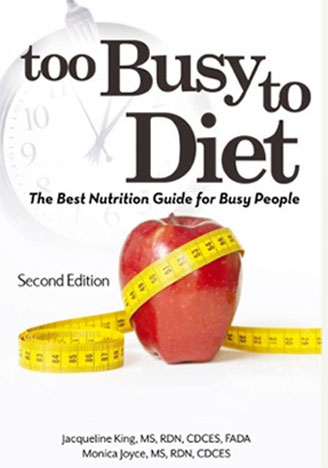Understand Your Food Terms
in The Too Busy to Diet Blog on January 22, 2014
“Low-fat, Sugar-free, Organic, Natural”
Sound familiar? But what do they actually mean?
Written by Alexis D’Ascenzo, Dietetic Student at University of Illinois at Chicago, CPT
1. Low-fat: This term can be used on foods that can be eaten often and you still won’t get more than the recommended amount of that nutrient. “Low-fat” means 3 grams of fat or less per serving.
Example: Low-fat yogurt
2. Sugar-free: This term means that a product does not have any of that nutrient, or so little that it’s unlikely to make any difference to your body. “Sugar-free” means less than 0.5 grams per serving.
Example: Sugar-free popsicles
3. Organic: The USDA states “organic” should apply to foods without the use of conventional pesticides, synthetic fertilizers, sewage sludge, irradiation, or genetic engineering. Example: Organic carrots
4. Natural: There is no standard definition, however the FDA states that “natural” should apply to foods that do not contain added color, artificial flavors, or synthetic substances. Example: 100% Natural chicken broth
Happy Shopping!
Additional terminology sources can be found at diabetes.org and cancer.org
Buy the Too Busy to Diet book
Get your copy of the definitive diet reference guide and healthy eating book today. Stop reading those misleading fad diet books and read an easy to follow book on how to lose weight and keep it off from actual Registered Dietitians.

Recent Posts
- Barbeque Turkey Meatloaf
- Pescado a la Veracruzana
- Juicy Pork Chops
- Rotasserie Chicken Casserole
- Grilled Salmon & Blueberry Salad


